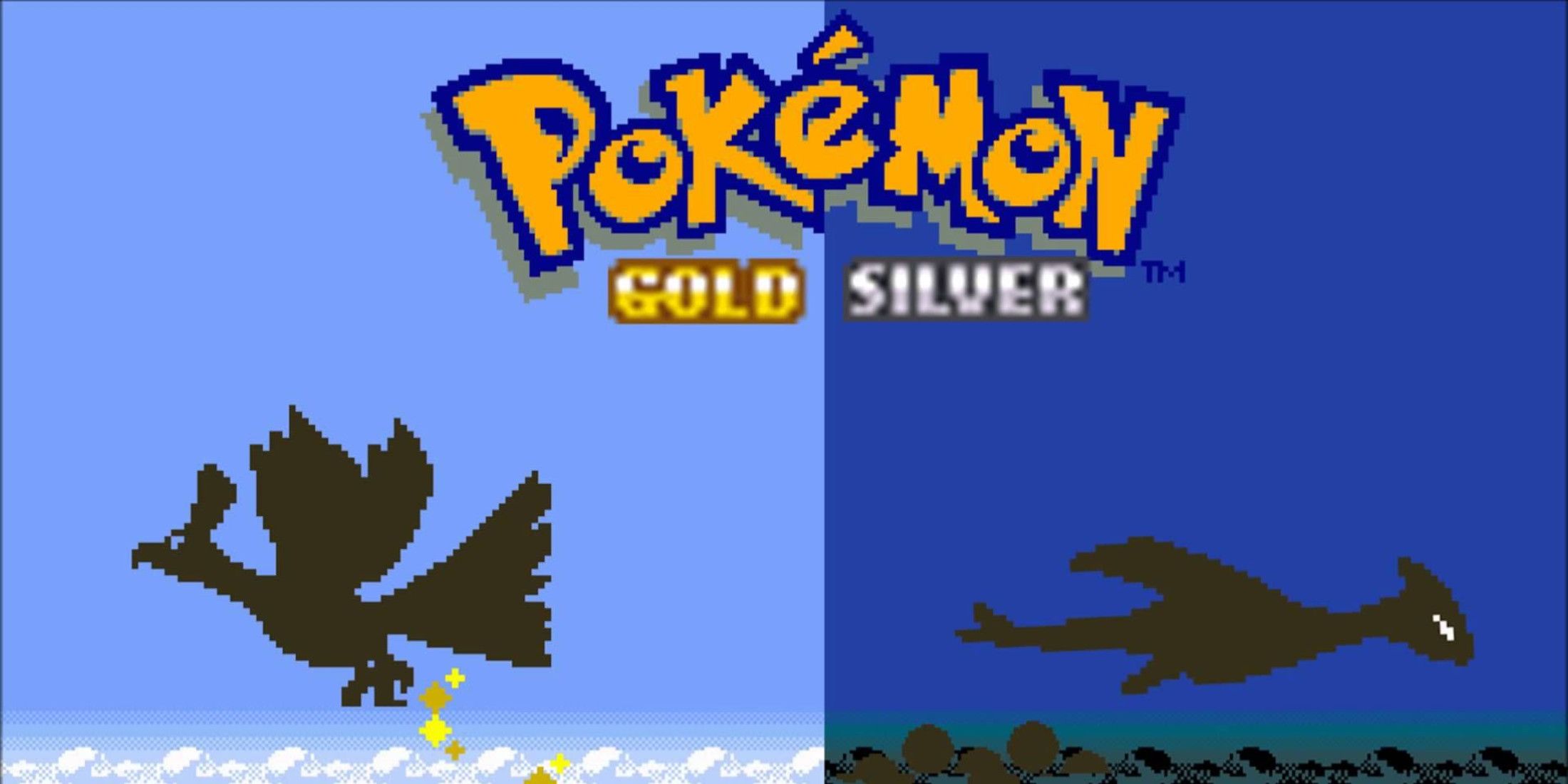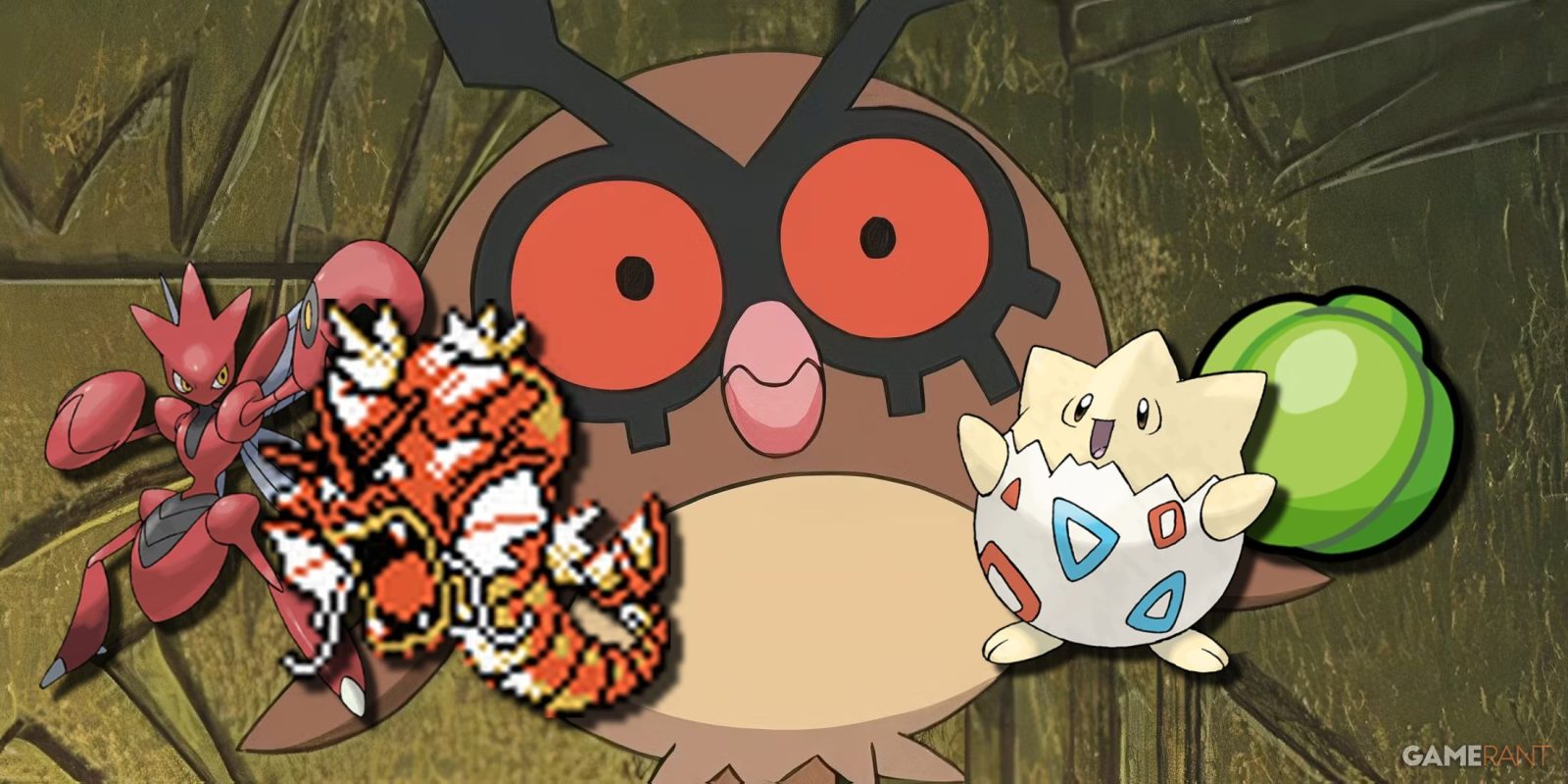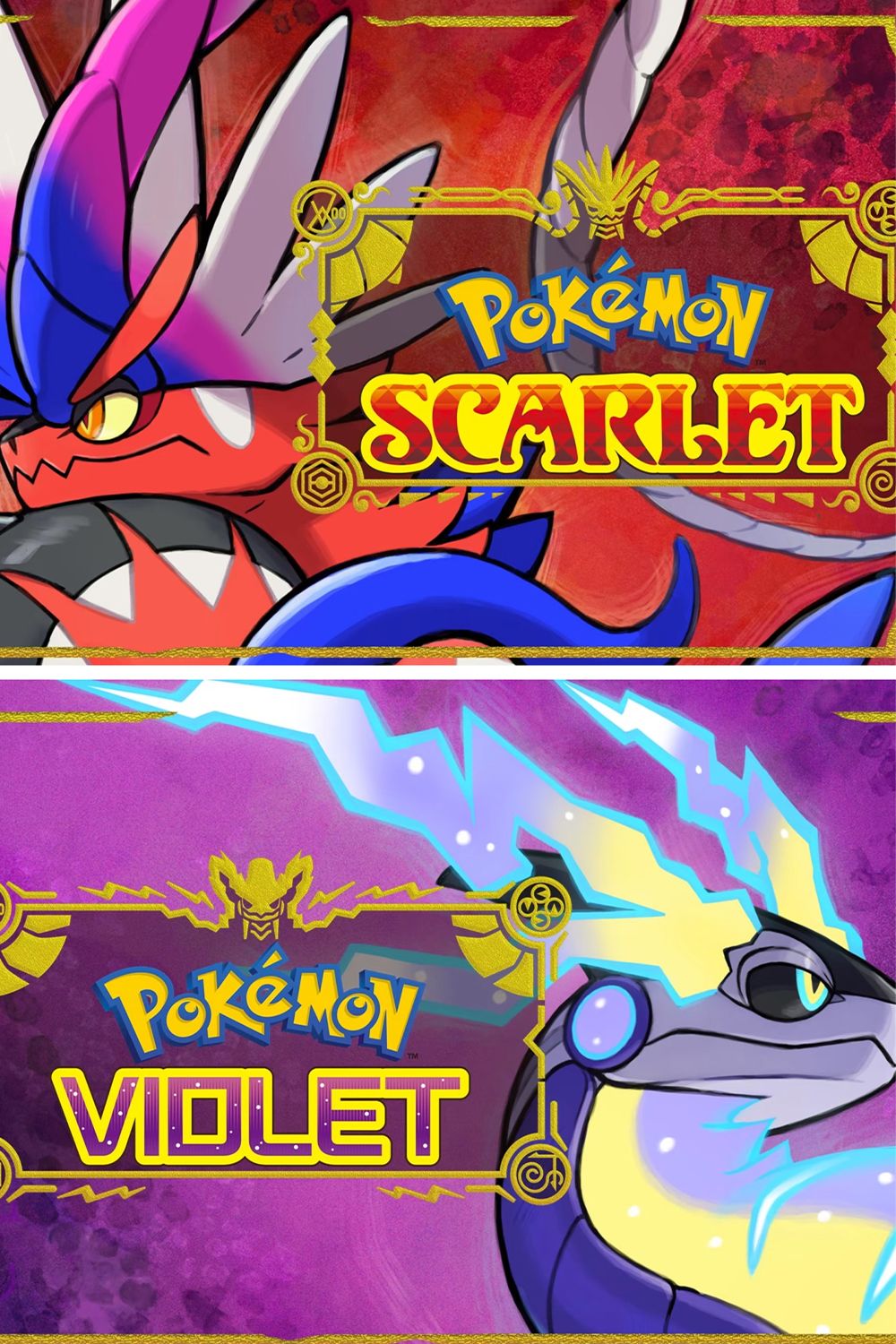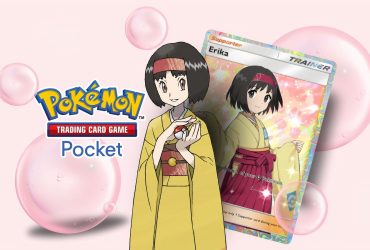Key Takeaways
- Gen 2 of Pokemon introduced key features such as 100 new Pokemon, day/night cycles, breeding, and new types like Dark and Steel.
- Breeding in Gen 2 allowed for competitively viable critters, shiny Pokemon debuted, and Dark/Steel types reshaped battle dynamics.
- Held items in Gen 2 revolutionized the series by providing additional effects in battles, now playing a huge role in competitive gameplay.
Today marks 25 years since the original release of Pokemon Gold and Silver in Japan, leading the Pokemon series to new heights thanks to improved gameplay, additional features, and a plethora of critters exclusive to the Johto region. Gen 2 games were arguably leaps and bounds an improvement over Pokemon Red and Blue as well as Pokemon Yellow, and that’s mainly thanks to the addition of new elements that ended up defining the gameplay loop of the whole franchise. Among the biggest stars of the show were the new 100 Pokemon added to the roster, some of which were only available at certain times, as Pokemon Gold and Silver introduced a night and day cycle.
This feature alone went on to shape some of the biggest moments of the series. This can be seen from the way the Gen 2 Eeveelutions Espeon and Umbreon required a level up during day or night, respectively, to rotating days for Mirage Island to appear in Gen 3. As much as time and the day and night cycle played a big role in Pokemon games since Gen 2 was released, four other features from Pokemon Gold and Silver completely reshaped what the series can achieve.
Pokemon like Hoothoot and Noctowl were designed with the day and night cycle in mind.

Related
Pokemon Gold and Silver are Getting Cool New 25th Anniversary Merch
Pokemon Gold and Silver are getting a collection of new merchandise celebrating the titles in honor of their 25th anniversary.
Every New Feature in Pokemon Gold and Silver Explained
Pokemon Gold and Silver added multiple new features. These are:
- 100 new Pokemon, including the first-ever Baby Pokemon
- In-game clock and day/night cycles
- Pokemon genders and Pokemon breeding
- Friendship levels and friendship-based evolutions
- Shiny Pokemon, alongside the iconic red Gyarados
- The Pokerus
- New Pokemon types – Dark and Steel
- Berries
- Held items
Of these, the biggest additions are arguably breeding, shiny Pokemon, Dark and Steel as new types, and held items. In some way, shape, or form, these four features became pillars of what the Pokemon series is today.
Pokemon Breeding Was a Shot in The Arm For The Series
For a long time, breeding Pokemon was the main (if not the only) way to get competitively viable critters. Not only is breeding a fun mechanic with many intricacies, such as grouping critters in different Egg Groups and having some held items affect IVs, but it started in Pokemon Gold and Silver as a way to obtain Baby Pokemon and shinies. In Gen 2, with some luck with DVs, players could get Eggs with a 1 in 64 chance of the resulting Pokemon being shiny – something that later games didn’t have since shiny Pokemon were not tied to DVs or IVs.
For breeding purposes, Gen 1 and 2 games had a different concept of IVs, called DVs, with Gen 2 turning the original four DVs into five by splitting “Special” into Special Attack and Special Defense, but still counting it as a single DV.
Pokemon Gold and Silver’s Red Gyarados is Still One of The Most Iconic Shinies 25 Years Later
Much like breeding, shiny Pokemon rapidly became a huge deal within the series, though they were not always as easy to get as in modern titles, with tools like the Shiny Charm or Pokemon Scarlet and Violet‘s sandwich shiny hunting method. Pokemon Gold and Silver were pioneers in this regard, and they included a fixed encounter for red Gyarados in the Lake of Rage, with the critter being always shiny, male, and level 30. After 25 years, shiny Pokemon remain one of the most popular aspects of the series, with exclusive events dedicated even to rare shiny Legendaries or Mythicals.
How Dark and Steel-Type Pokemon Changed The Series Forever
Another game-changing feature of Gen 2 games is the addition of two brand-new types—Dark and Steel. This was originally to balance the battle aspect of the series and add more diversity. It also added some cross-gen evolutions for Onyx and Scyther with the Metal Coat, turning them into Steel-type Pokemon. The addition of Dark and Steel also opened up new possibilities for the many unexplored Pokemon type combinations at the time, and both these types remain some of the best in modern games.
Steel-type Pokemon inherently have 10 resistances now, after the addition of the Fairy type in Gen 6, and also one immunity, making this the best defensive type in the series. Dark-type Pokemon, on the other hand, are arguably weaker on their own in terms of offense and defense, but they usually pack a punch with their Abilities and moves that can have additional effects to disrupt opponents’ strategies.
How Held Items Took Pokemon Competitive Battles to The Next Level
Last but not least, Gen 2 made a revolutionary change 25 years ago by adding Held Items in Pokemon games. These are items that players can give Pokemon to hold them, providing additional effects in battle or outside of it. For example, there are items that will reduce the number of wild Pokemon appearing in tall grass, increase the amount of Pokedollars obtained after beating trainers, or deal more damage to opposing critters.
Held Items play a huge role in competitive Pokemon battles, now more than ever. Regardless of competitive, Held Items can be used for a wide range of purposes, including evolving Pokemon, switching items with opposing critters, throwing items to deal damage, and more. There are also Abilities that allow Pokemon to find items and hold them, which can be used as a way to make more Pokedollars. Pokemon can hold Berries too, at times getting bonus effects in battle, such as sustaining less damage from attacks of a given type or restoring HP at a certain threshold. Overall, this remains a massive addition to Gen 2 games, and it’s worth celebrating 25 years later.














Leave a Reply